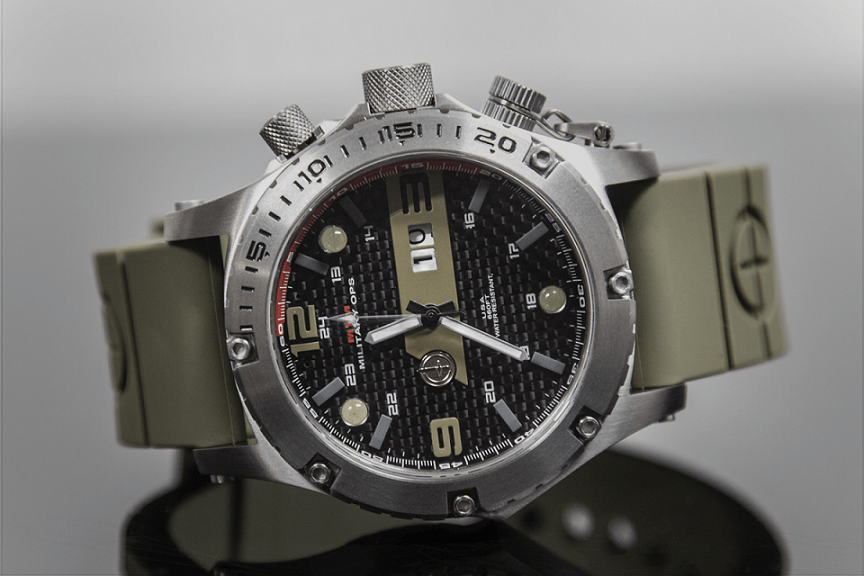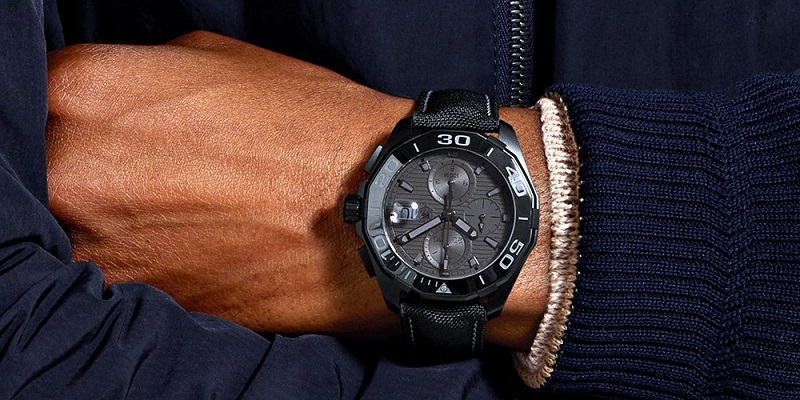Application of Titanium in Watches

Application of Titanium in Watches
As we all know, watches are necessities in people's daily life. Traditional watches are made of brass and the surface is electroplated with Ni. The surface layer of this watch contains a large amount of nickel, which often causes a "nickel allergic reaction" when worn. Therefore, since the 1970s, relevant scientific and technical personnel began to study the use of titanium which has a good affinity with the human body to make watch cases, bracelets, straps, clasps, and pedestals. So this article, let's take a deeper look at the application of titanium in watches.

Application of Titanium in Watches
Titanium, as a watch material, started from high-end waterproof sports watches with timing functions. The development of titanium watches in Japan is the two major manufacturers of Citizen and Seiko simultaneously putting high-end titanium sports watches into the market. Subsequently, the Japanese Watch Company began to develop all-titanium watches in 1972. In order to apply titanium to watches, in the course of nearly 30 years of research, researchers have solved seven major technical problems, including pressure forming technology, cutting processing technology, surface processing technology, wear-resistant processing technology, weldability, decoration, and biological adaptability.
Therefore, modern titanium watches are light, resistant to human sweat and seawater, and have the best specific strength among metal materials. In addition, its surface hardness is twice that of stainless steel. It does not have the cold feeling of ordinary metal when worn, has good skin affinity, no allergic reactions, and has good decorative effects.
At present, the titanium materials for making watches are industrial pure titanium, Ti-6Al-4V, and titanium alloy Ti-15333. In the early 1990s, the first all-titanium watches entered the market and their prices were extremely high. Subsequently, due to increased production and improved technology, the watch casing can be manufactured by investment casting, sheet metal stamping, and powder metallurgy, and the price has been reduced accordingly. Today, all-titanium watches have turned into high-end watches for the masses.
Many countries in the world attach great importance to the research and production of titanium watches. For example, the research work on titanium watches in Japan won the 1994 Award of Merit from the Japan Titanium Association. The weight of titanium space watches produced in Switzerland is only 50g.
With the development of 3D printing technology, personalized custom-printed titanium watches continue to appear. The Luminor 1950 watch case is made of titanium, which is resistant to sensitivity and corrosion. Its weight is 40% lighter than stainless steel. In order to further reduce the weight of the watch, the watch uses innovative technology to hollow out the inside of the case to outline extremely complex geometric figures, while retaining the excellent water resistance of the case and the strong characteristics of resistance to tension and distortion.
Conclusion
Thank you for reading our article and we hope it can help you have a better understanding of the application of titanium in watches. If you want to learn more about titanium or other refractory metals, we would like to advise you to visit Advanced Refractory Metals (ARM) for more information.
Headquartered in Lake Forest, California, USA, Advanced Refractory Metals (ARM) is a leading manufacturer & supplier of refractory metals & alloys across the world. It provides customers with high-quality refractory metals & alloys such as molybdenum, tantalum, rhenium, tungsten, titanium, and zirconium at a very competitive price.
{{item.content}}
LEVE A REPLY
{{item.children[0].content}}
{{item.content}}






